Pokemon Trading Card Game Pocket has some incredibly popular and powerful decks, such as the Mewtwo ex and Pikachu ex decks. However, there are a few hidden gems that have been showing up that could easily overwhelm any deck in certain conditions.

Related
Pokemon Pocket: How To Build A Dragonite/Weezing Deck
Here’s how to build a Dragonite/Weezing deck in Pokemon Pocket!
If you’ve been rolling on the Mewtwo pack, you might have already gathered a few Golurk and Gardevoir cards. If you pair these two together, you might be able to defeat the cards that even Mewtwo ex deck faces a challenge to beat. While being somewhat budget-friendly, the Golurk and Gardevoir deck can be extremely strong if you take attle time to set up properly.
Golurk And Gardevoir Decklist
While the Golurk card isn’t what you would be looking for while rolling on the MewTwo pack due to the card’s low rarity, you should aim for at least two Gardevoir cards to make this deck consistent.
All other cards in the deck aim to make up for the weakness that is posed by putting Golurk in the active spot, and that is the four energy and retreat requirements and the 140 HP, which can be easily one-shot by most meta cards.
If you’re having trouble pulling a Gardevoir, Kirlia, or Ralts, you can head over to the Pack Points shop and buy the cards from there. Gardevoir costs 150 pack points, Kirlia costs 70, and Ralts can be bought for 35 pack points.
You’ll need plenty of support cards, such as Professor’s Research and the Poke Ball. Additionally, you will also need two X Speed cards to switch out your active Pokémon smoothly depending on the situation.
Luckily, you can get all of those with shop tickets easily. You will still need a Giovanni and a Sabrina card that you will have to roll for, but even without the two, you can make this deck work.
|
Golurk And Gardevoir Deck |
|||
|---|---|---|---|
|
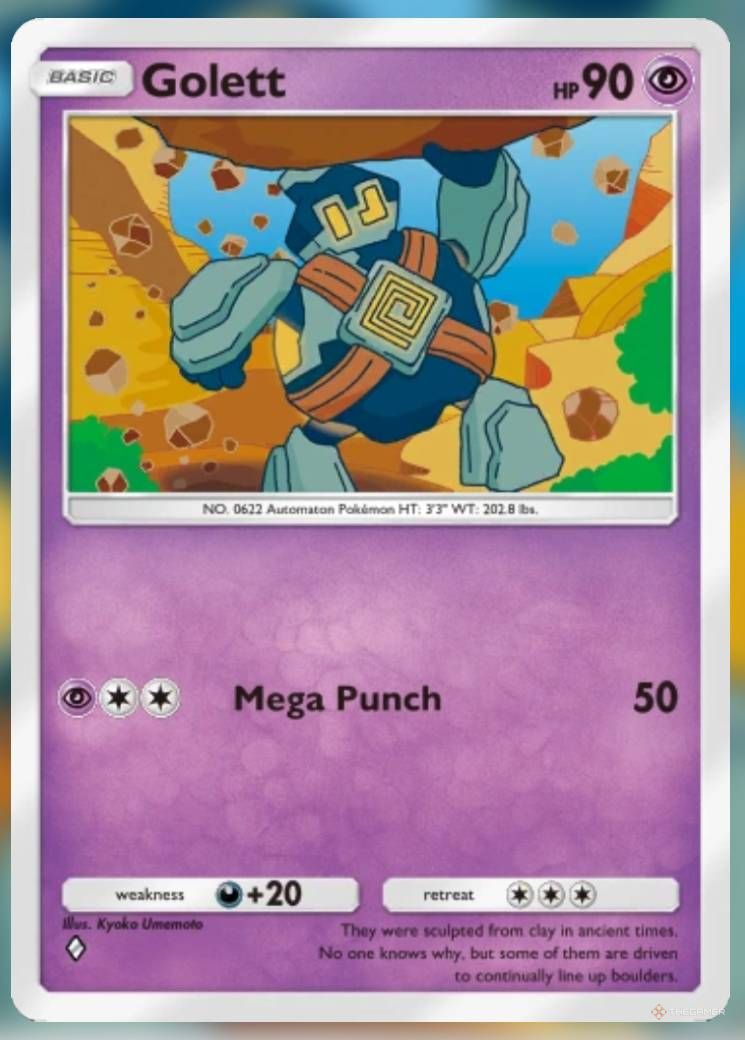
|
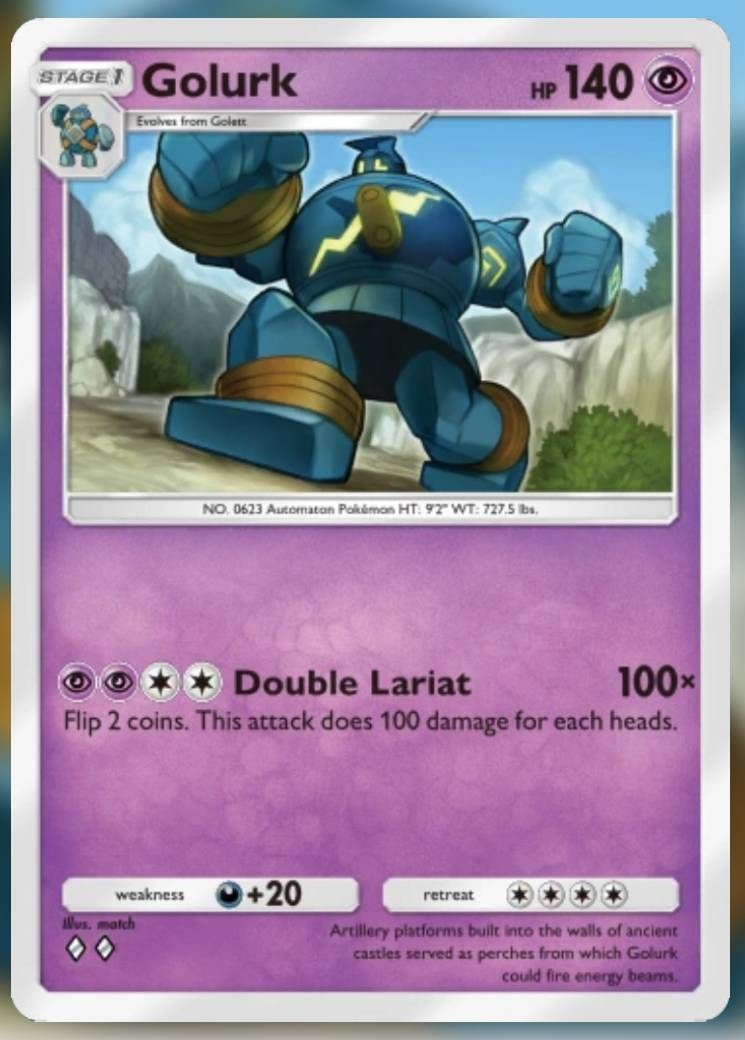
|
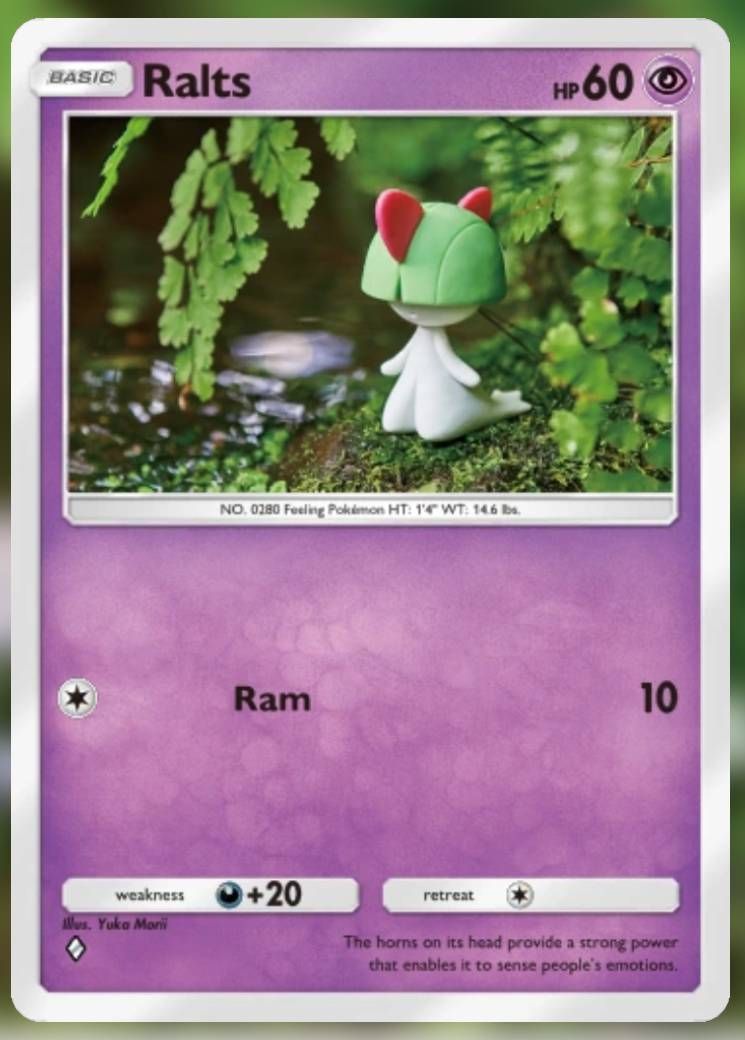
|
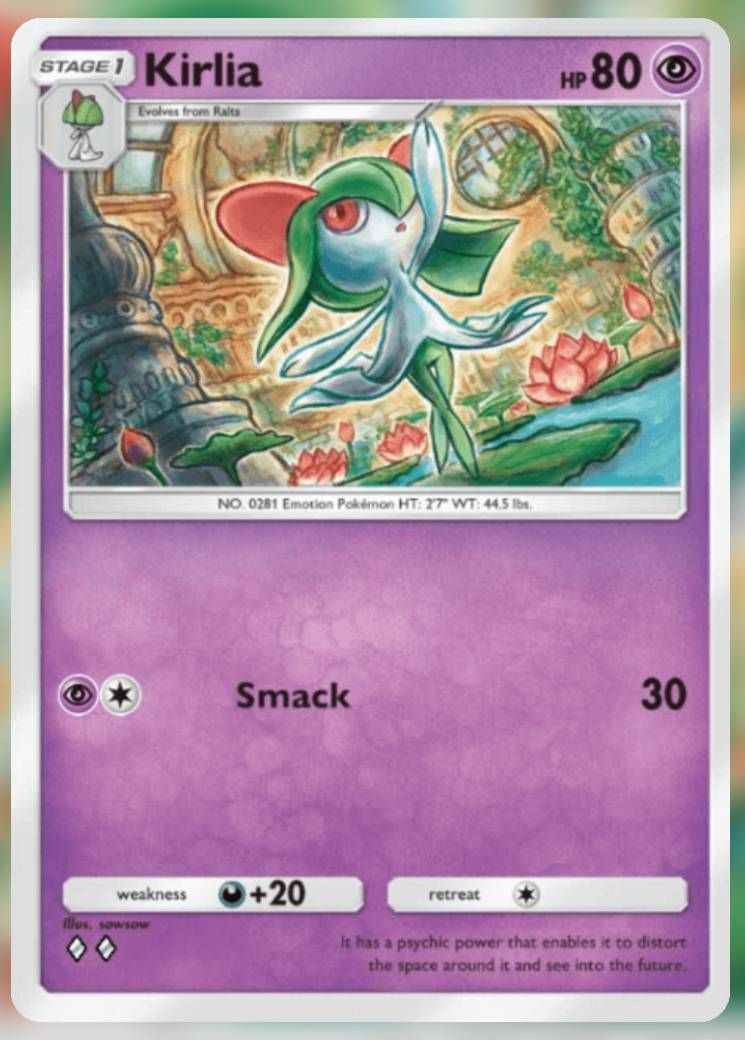
|
|
Golett x2 |
Golurk x2 |
Ralts x2 |
Kirlia x2 |
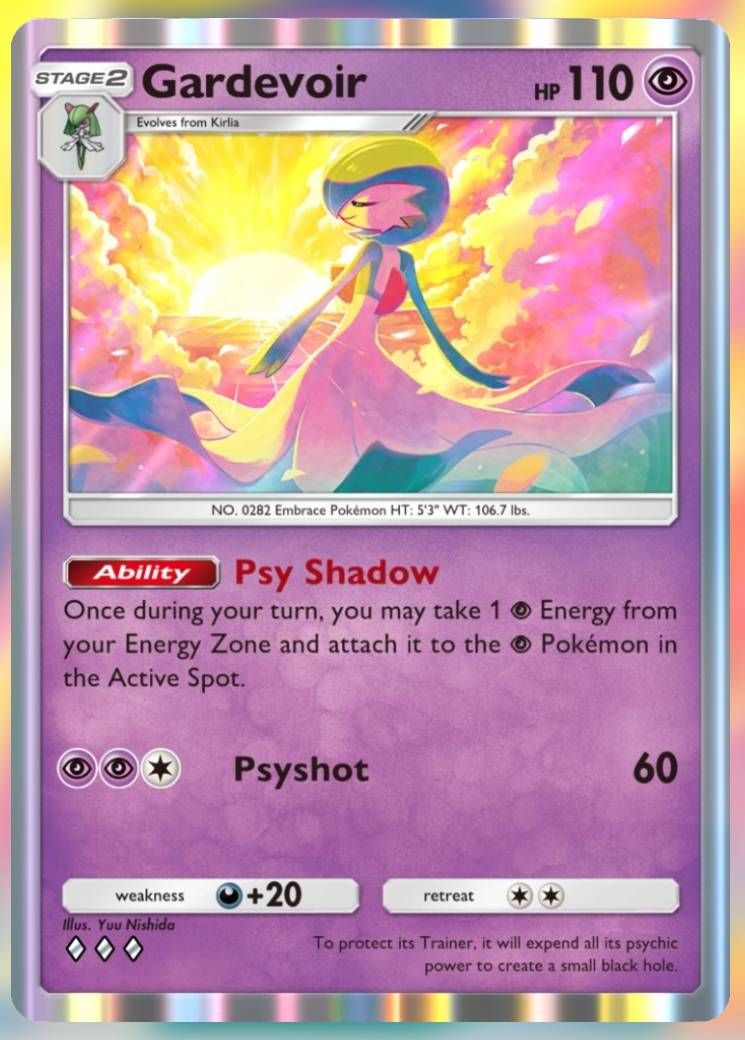
|
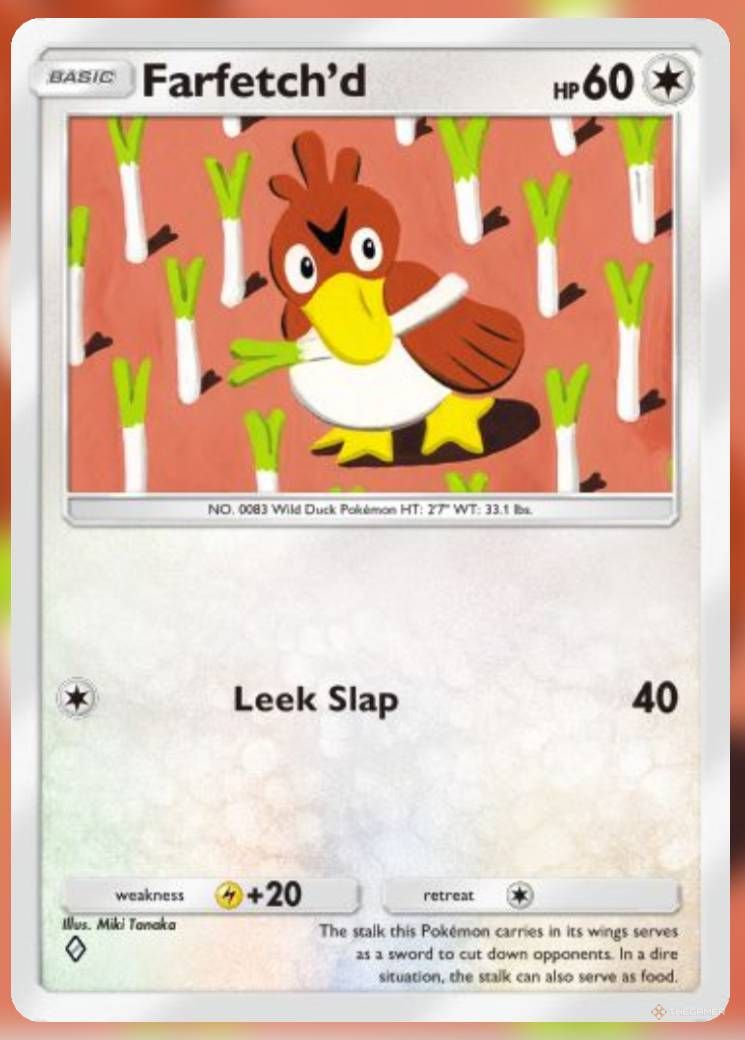
|

|
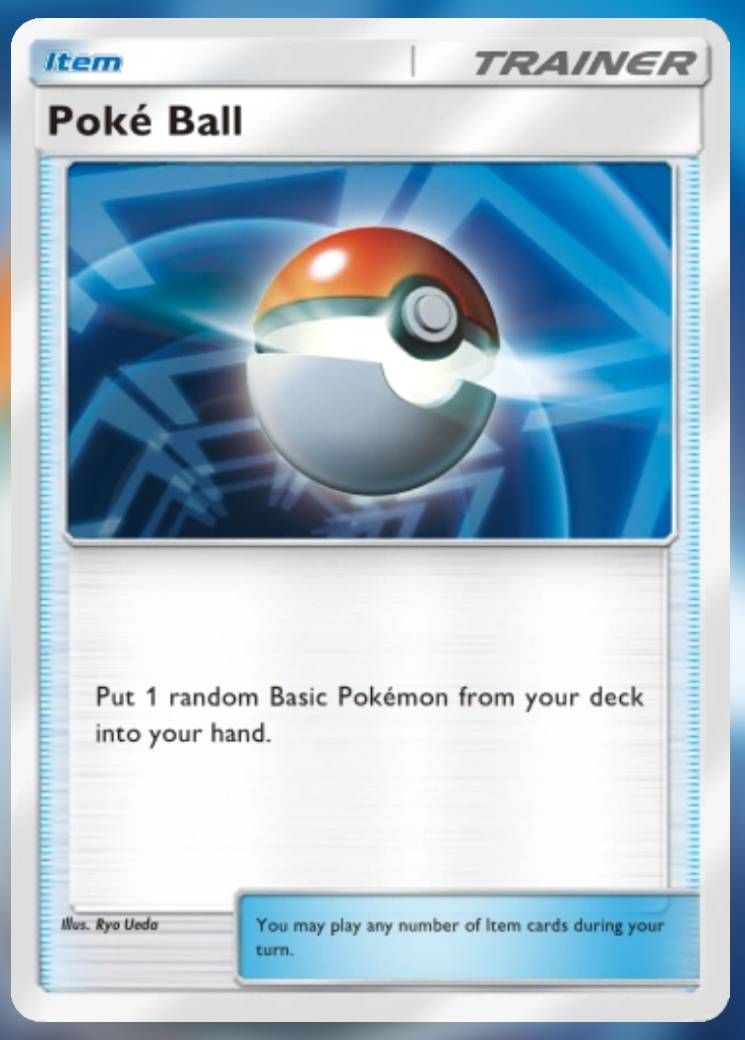
|
|
Gardevoir x2 |
Farfetch’d x2 |
Professor’s Research x2 |
Poke Ball x2 |
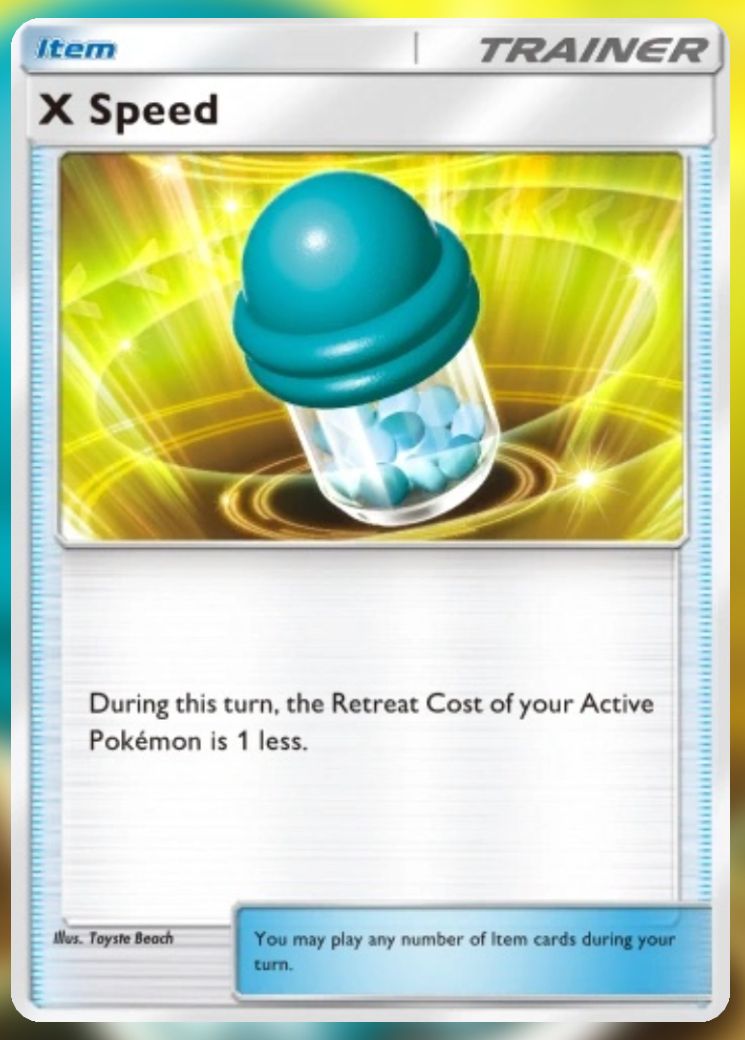
|

|

|
|
|
X Speed x2 |
Sabrina x1 |
Giovanni x1 |
|
The two copies of Golurk, Gardevoir, and each of their pre-evolved forms are to make sure you can get them in your hand consistently in a match. Professor’s Research and Poke Ball cards are also there to make sure you can set up Gardevoir as quickly as possible.
Farfetch’d is included on this deck because it can deal a significant amount of damage for just one energy, and has a decent amount of HP. It can take the active spot while you build up the energy on your Golurk. Note that you can use the X Speed card to switch Farfetch’d out with Golurk, even if you have no energy on it.
The Sabrina card is there for situations where you have to swap out the opponent’s active Pokémon to make sure you don’t get killed right away, or if you want to mess with their game plan.
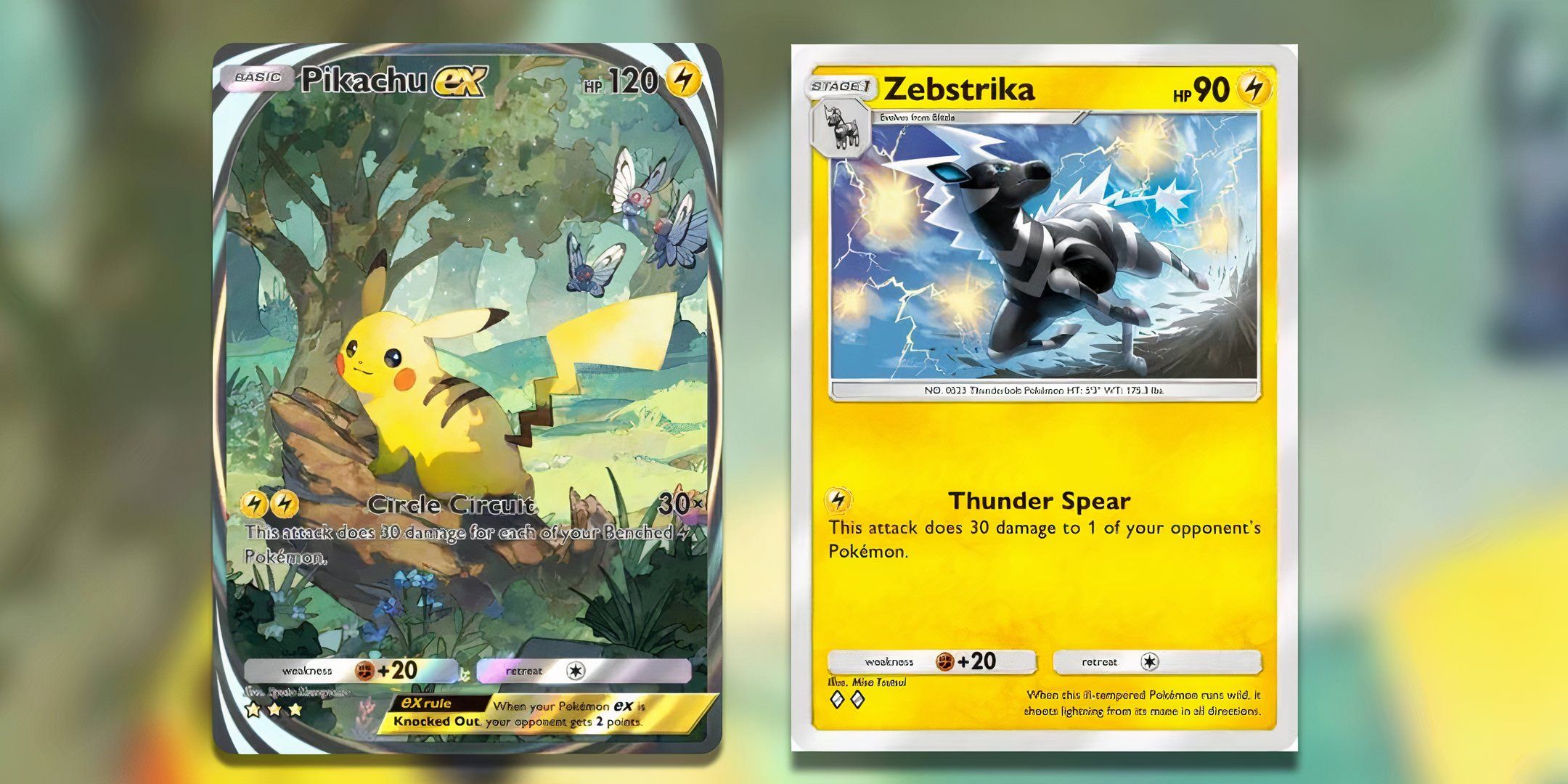
Related
Pokemon Pocket: How To Build A Pikachu Ex And Zebstrika Deck
Zap your foes up close and from afar with Pokemon TCG Pocket’s Pikachu ex and Zebstrika deck.
Golurk And Gardevoir Deck Strategy
As the game begins, you should try to set up a basic card, other than Golett, in the active spot and then put Ralts or Golett in the benched slot. If you fail to get any of these cards, then you should try to use Professor’s Research, or the Poke Ball card to get Golett, Ralts, or their evolutions, if you don’t have them in your hand.
In the subsequent turns, you will be stacking energy on Golurk, and trying to evolve Ralts into Gardevoir. If everything works smoothly, you should have a Gardevoir ready in the benched slot, and Golurk should also have at least three energy stacked on it in the benched slot by the third turn.
After that, you can use X Speed to switch out your active card for Golurk, or use the extra energy from Gardevoir’s Psy Shadow Ability on the active card and use that to retreat. Use the energy from the energy slot and put it on Golurk. By this time, you should have another Golurk ready in your benched slot.
From here, you have to focus on using Gardevoir to keep providing energy to whichever card is in the active slot and use the energy from your energy slot to any of your benched cards that you would like to use next.
Golurk can sometimes deal 0 damage if it gets tails twice, but you should expect that and set your game plan accordingly. In most cases, if you get even one successful coin toss per turn, it should be enough to knock out most cards.
If your opponent has 60 HP left, and you don’t want to risk Golurk’s coin toss, you can bring Gardevoir to the front as well. Gardevoir can give one energy to herself when she’s in the active slot in addition to the energy from the energy slot, allowing you to use her Psyshot skill right away for a guaranteed kill if she already received one energy on the bench during previous turns.
How To Improvise The Golurk And Gardevoir Deck
This deck can be improvised in many ways, depending on the cards that you already have. The only thing that remains constant is two Gardevoir cards and two for each of its prior forms, alongside two cards for Golurk and Golett each.
If you even have a single Mewtwo ex or Gengar ex card, you can put those in the deck by simply removing the two Farfetch’d cards, and one of the supporter cards to make space for Gengar and its pre-evolved forms. A single Gengar ex can significantly improve the deck with its 170 HP, allowing you to withstand attacks that would otherwise one-hit KO Golurk.
Additionally, you can also shove two Mewtwo ex cards together, and remove one copy of Golett and Golurk each to make this deck even more powerful. Mewtwo ex might not deal as much damage as Golurk, but it is an incredibly consistent card.
Once you have reached at least three energy on Golurk or any card in the active slot, you can simply rely on Gardevoir to supply your active card with the remaining required energy, while using the energy from the slot on one of your benched cards to be able to swap them out in an instant to deal a significant amount of damage to the opponent’s active card.
Deck Matchups
While the Golurk and Gardevoir deck works against most matchups, it struggles against the quicker ones, such as the Starmie ex or Pikachu ex deck. That happens because these decks can end the game before you get a chance to set Golurk and Gardevoir up.
You can try to counter these quick decks by sending out cards that have a low retreat cost and then switching between your active and benched Pokémon to balance out the damage while you try to build Golurk up.
You can also afford to send bait cards with high HP that can tank a few turns while you set yourself up, because, in most cases, you won’t be using ex cards and will have the freedom to sacrifice at least two of your cards before Golurk gets ready.
Golurk and Gardevoir decks are exceptionally useful against Charizard ex and Venusaur ex decks or any deck that relies on cards that have over 150 HP, as, unlike MewTwo, Golurk can easily one-shot KO them if you get two heads.

Next
Pokemon Pocket: How To Build A Marowak Ex And Dugtrio Deck
Feeling lucky? Then Marowak has the perfect RNG-focused deck for you.
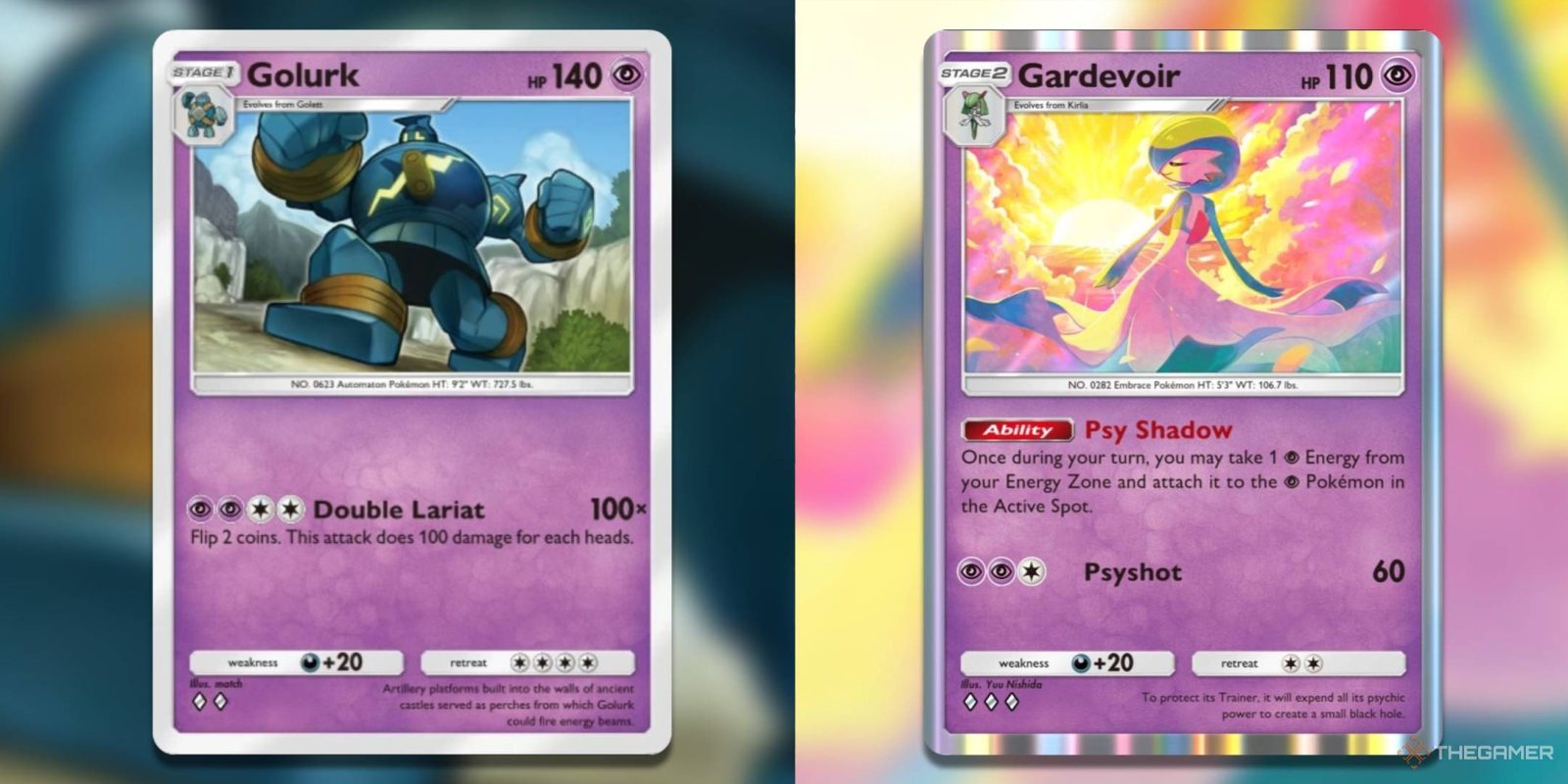

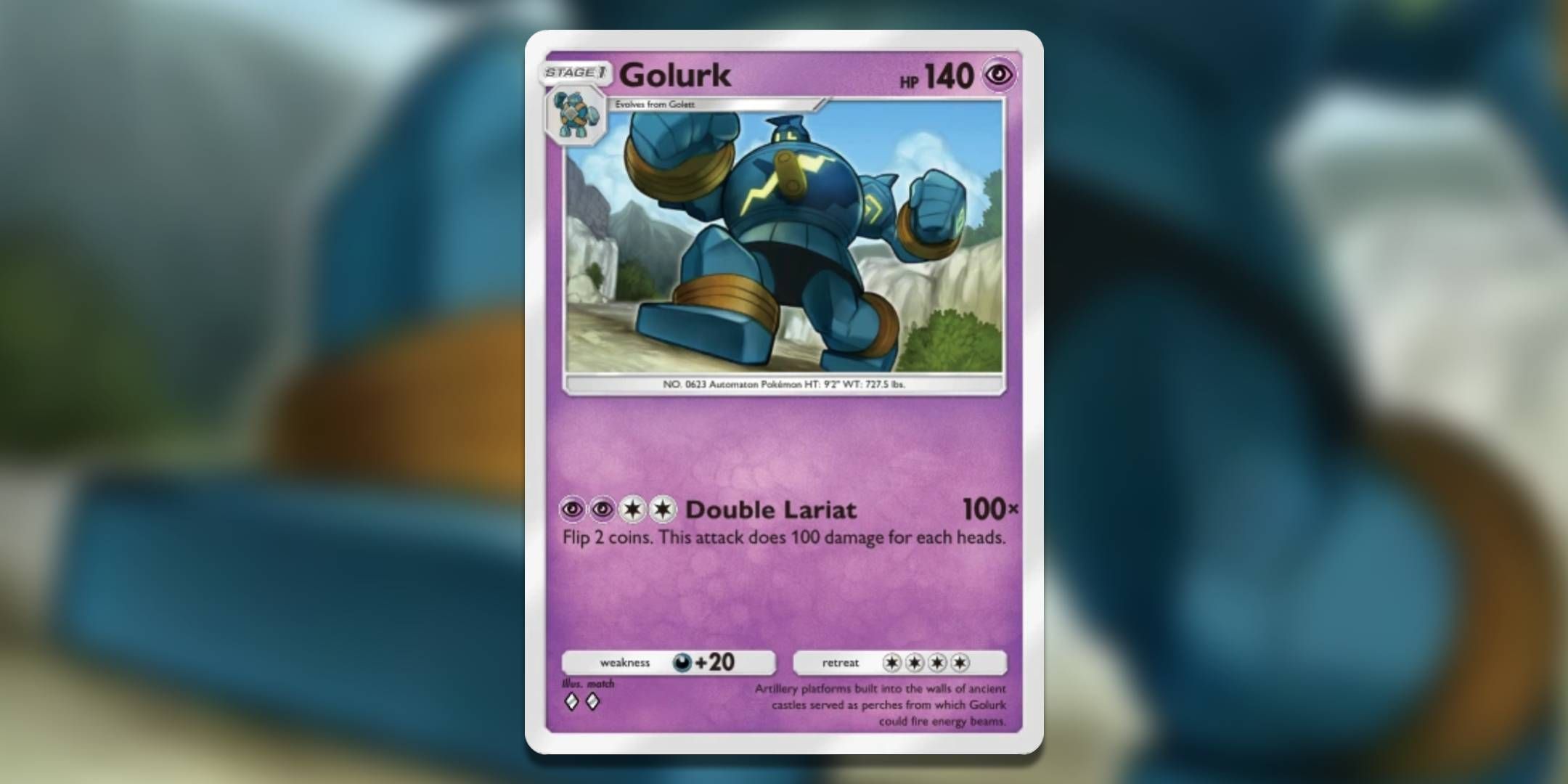
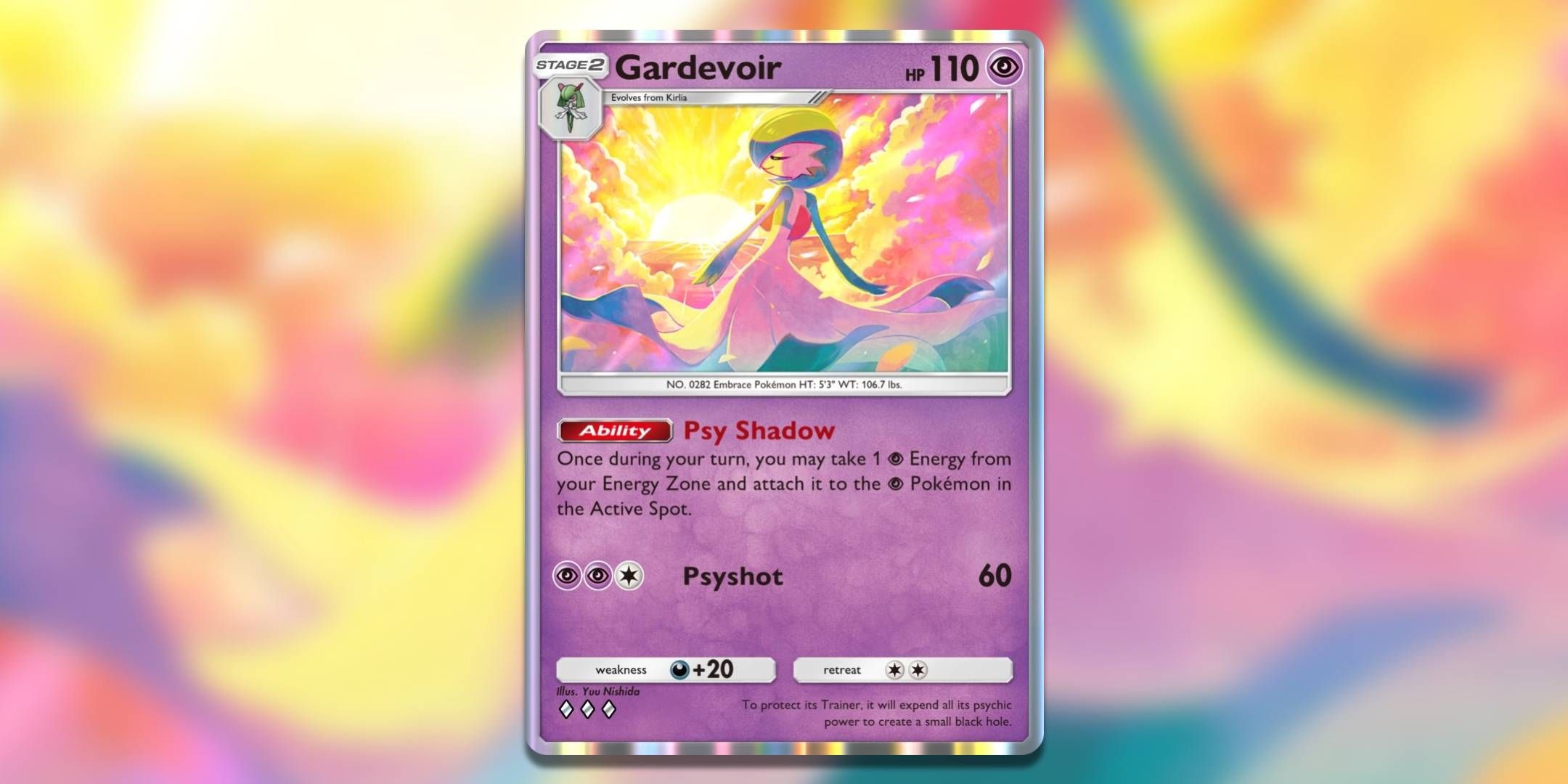
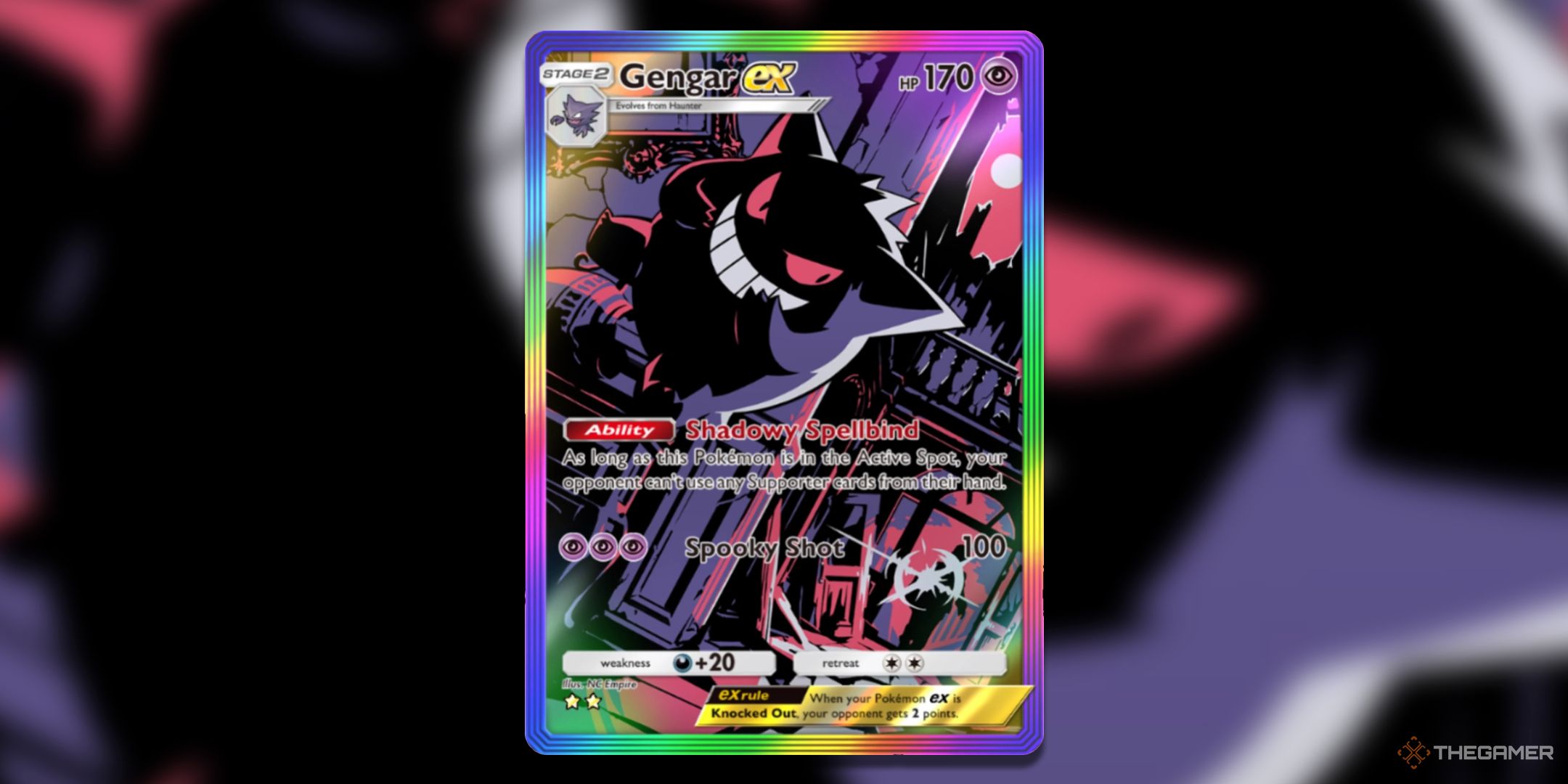




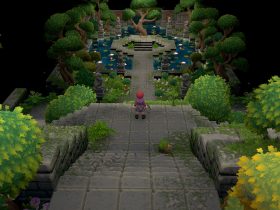





Leave a Reply